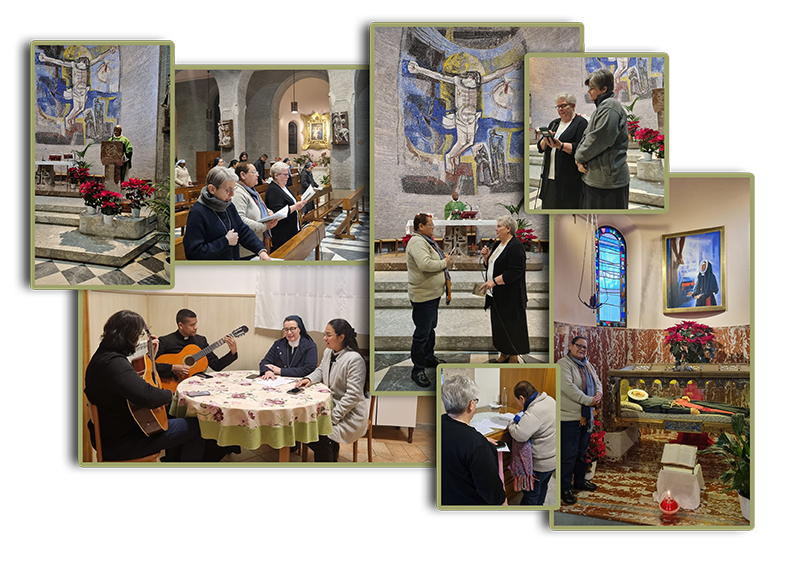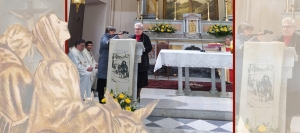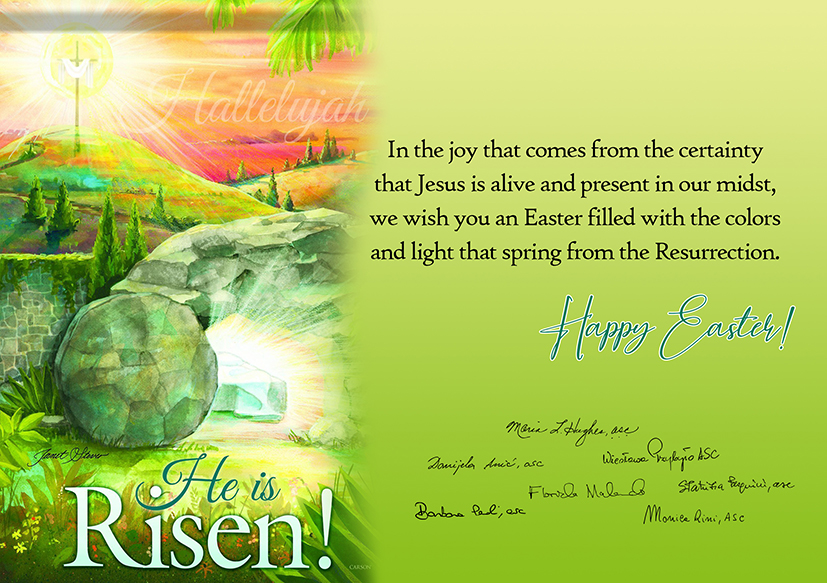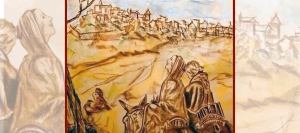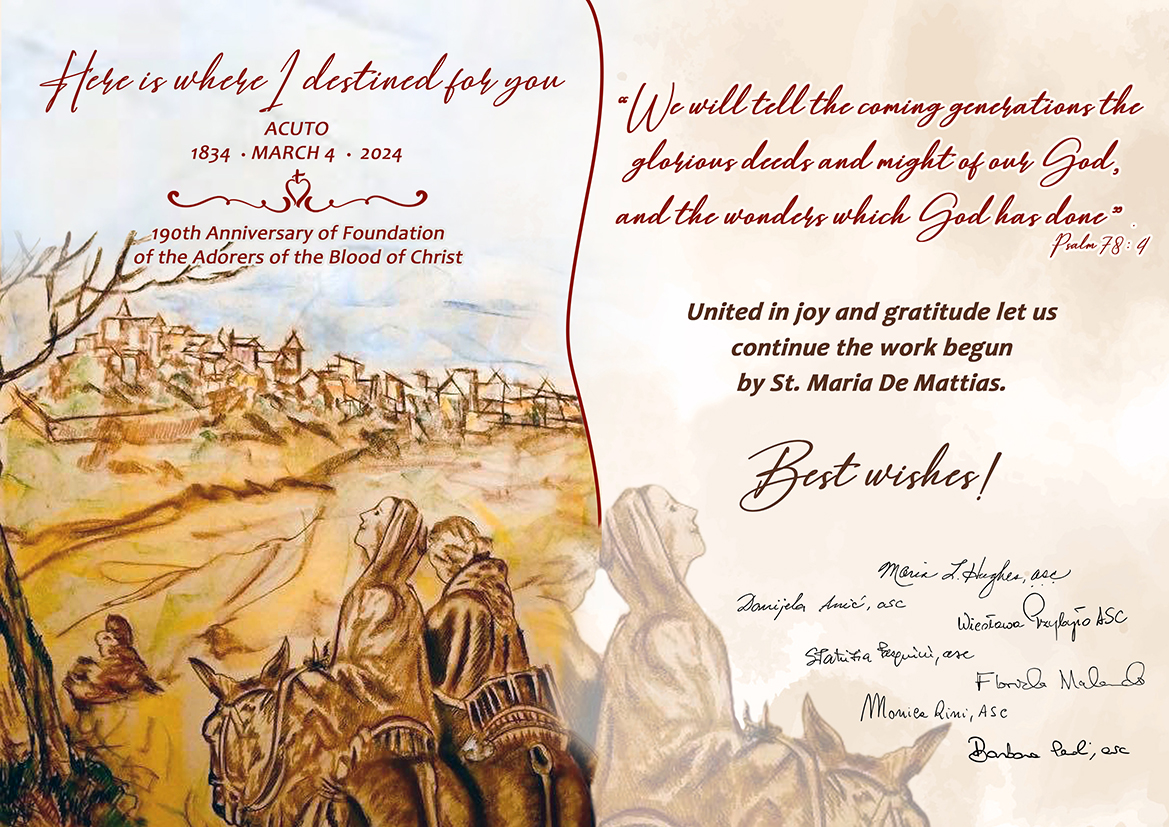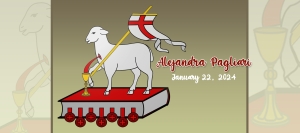Redazione
The "Surprise" of Easter
The real "surprise" is what Jesus' Easter gives us: the mystery hidden for centuries that is fully revealed in the Lord's death and resurrection. Unfortunately, like the children who, after breaking the chocolate egg are disappointed because they do not find in it what they were expecting, we too feel dissatisfied because our lives do not change, because the ordinary daily routine offers us nothing new and everything continues to be as it always was.
Yet the surprise of Christ's Easter lies within us, hidden but present. The memorial we celebrate in the Eucharist takes us back to that day when life conquered death, light drove out darkness, hope overcame disappointment. Like the disciples, we too can face the struggle of looking inside the empty tomb and allow ourselves to be questioned by the small signs that tell us that our joy is important and that we should not allow anyone to snatch it from us.
The young Hetty Hillesum, killed in Aushwitz, knew how to rejoice in the sky reflected inside a puddle in the prison camp, in the colorful flowers beyond the barbed wire, in the kindest gesture of a jailer. There is so much pain in the world and around us, but the Crucified and Risen Lord has told us that this is not all: let Him make us the puddle that reflects the sky, the colorful flower beyond the wall, the smile of peace that widens our heart. We, united with Christ, will be the real surprise to those around us.
Walking with St. Maria De Mattias
On February 4, we remembered and celebrated our Foundress in every corner of the world, wherever there is even a single ASC. We gave thanks for her life and renewed with her our YES as individuals and as a global community. We continue to walk together sharing our lives and mission certain that God is hidden behind our lives.
Sr. Barbara Perali, ASC
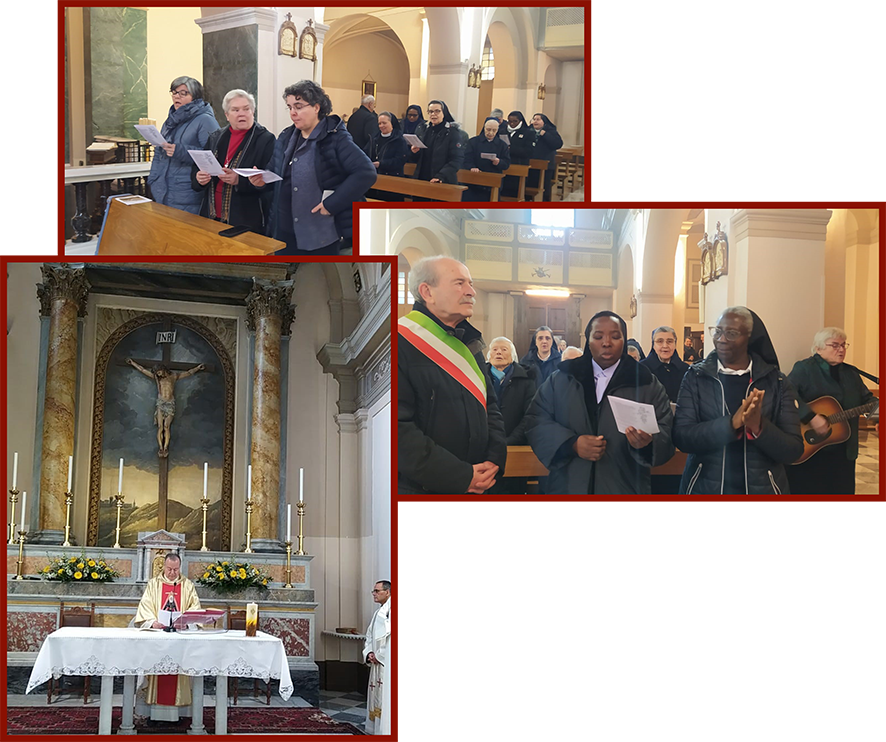
March April 2024
Happy Easter
March 4, 2024 - 190th Anniversary of Foundation of the Adorers of the Blood of Christ
January - February, 2024
Marika Console First Profession - Italian Regional House
Acuto 190th Anniversary of Foundation - Parish Church
Celebration in honor of Maria De Mattias - Generalate, Precious Blood Church
Renewal of the Lay Consecration
"We continue to listen to the desire of those women asking to deepen their baptismal call in the Spirituality of the Blood of Christ through secular consecration". (AG Acts 2023)
Renewal for one year of the lay consecration of Alejandra Pagliari.
On January 22, 2024, Alejandra Pagliari, renewed her lay consecration for one year. The rite took place during the morning Eucharistic celebration in the church of the Precious Blood contiguous to the general house. It was attended by ASCs from the international community and some Latin American friends.
Sr. Maria Hughes, general superior, in her opening greeting, recalled that Alejandra's lay consecration is part of the journey that the ASC Congregation started with the 2017 General Assembly. It requires discernment and openness to the future that God is gradually pointing out to all of us.
